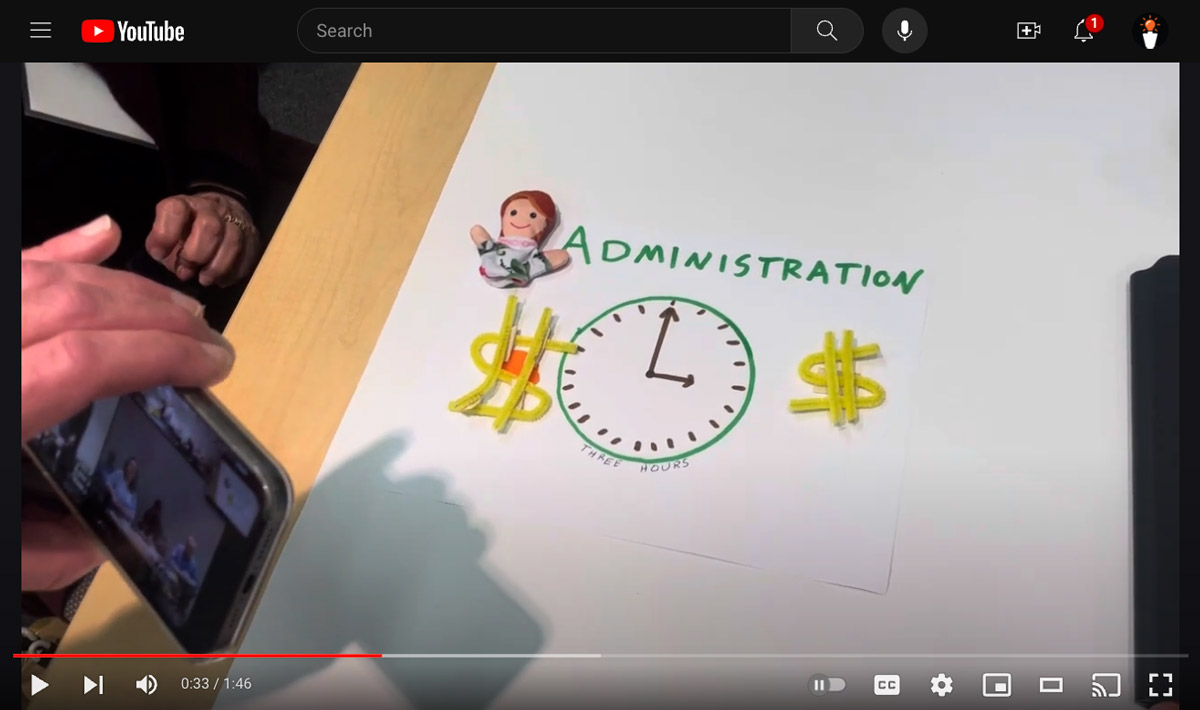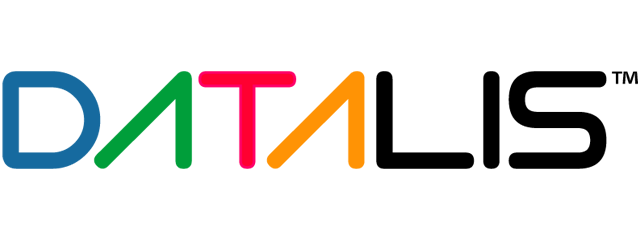Empowering Library Staff: A Financial and Time Allocation Model for Professional Development
Enhancing Staff Performance Through Targeted Support and Resource Provision
In addressing the challenge of facilitating access to professional development opportunities for library staff, content creators, and coordinators, the team refined their problem statement to focus on providing the necessary resources, knowledge, and support. This initiative aims to enable staff members to engage more actively in professional development courses, thereby improving their overall performance.
How might we assist library staff, content creator and coordinators in accessing resources, knowledge and support for role-specific professional development opportunities so they can take more courses and improve performances.
The team’s innovative prototype, symbolized by a dollar bill, identifies administrative support as a crucial factor in overcoming barriers to staff development. Recognizing that staff development coordinators often face overwhelming demands and that library staff typically operate under tight resource constraints, the prototype proposes a direct, tangible approach to empower individuals for professional growth.
Key Elements of the Prototype:
1. Financial Support: The prototype suggests allocating a budget for professional development, proposing an illustrative figure of $100 per staff member per month. This funding is intended to cover the costs associated with enrolling in professional development courses, thereby removing financial barriers to participation.
2. Time Allocation: Alongside financial support, the proposal includes a recommendation for dedicated time allocation, suggesting 3 hours per month for staff to engage in professional development activities. This acknowledgment of the importance of time reflects an understanding that effective learning requires not just financial resources but also the availability of time.
3. Administrative Involvement: Highlighting the role of library administration in facilitating this model, the prototype underscores the necessity of having strong administrative backing to ensure the success of the initiative. By prioritizing professional development, administrators can significantly influence the library’s capacity to support staff growth and improvement.
4. Motivation and Self-Actualization: The prototype envisions a positive cycle where the provision of resources leads to increased motivation among staff, which in turn fosters a culture of learning and self-improvement. This cycle is symbolized by a “Pyramid of Light” on the reverse side of the dollar bill, representing the journey towards self-actualization and the fulfillment that comes from personal and professional development.

This team’s presentation proposes a practical and impactful solution to the challenge of professional development within libraries. By advocating for a combination of financial support and dedicated time for learning, the prototype presents a holistic approach to empowering library staff. Administrative support is identified as a critical element in this model, underscoring the need for a culture change at the institutional level to prioritize and value professional growth. This approach not only benefits individual staff members by enhancing their skills and motivation but also contributes to the broader organizational goal of improving library services through continuous learning and development.
Team 15 Members
Thanks to these project team members for their collaboration with DATALIS and their contributions towards innovating professional development.
- Hanlin Zhang
- Sam Eddington
- Pauline Lance
Evaluate This Project
Please review the story and answer the five questions based on your knowledge, experience, and perspective. Your feedback will help us to innovate professional education that impacts recruitment, growth, and retention.
Implementation Roadmap
Phase 1: Assessment and Planning
- Identify Professional Development Needs
- Action: Conduct a comprehensive assessment to determine the specific professional development requirements of library staff, content creators, and coordinators.
- Steps:
- Distribute surveys and conduct interviews to gather data on current skills, desired growth areas, and perceived barriers to professional development.
- Analyze the collected data to identify common themes and prioritize development needs.
- Develop a Resource Allocation Plan
- Action: Create a structured plan detailing the financial and time resources allocated for professional development.
- Steps:
- Propose a budget allocation, such as $100 per staff member per month, to cover course enrollment fees and related expenses.
- Recommend dedicating a specific amount of work hours, for example, 3 hours per month, for staff to participate in professional development activities.
- Ensure the plan aligns with the library’s overall budget and operational capabilities.
Phase 2: Implementation
- Secure Administrative Support
- Action: Engage library administration to obtain backing for the professional development initiative.
- Steps:
- Present the resource allocation plan and its anticipated benefits to library leadership.
- Highlight how investing in staff development aligns with the library’s strategic goals and enhances service quality.
- Seek formal approval and commitment to provide the necessary resources and support.
- Establish Professional Development Programs
- Action: Implement a range of professional development opportunities tailored to the identified needs of staff.
- Steps:
- Curate a selection of relevant courses, workshops, and seminars, both online and in-person.
- Develop partnerships with educational institutions and professional organizations to expand learning options.
- Create a centralized platform where staff can access information about available professional development opportunities and resources.
Phase 3: Monitoring and Evaluation
- Track Participation and Progress
- Action: Monitor staff engagement in professional development activities and assess the impact on performance.
- Steps:
- Implement a system to record participation in professional development programs.
- Collect feedback from participants to evaluate the relevance and effectiveness of the offerings.
- Assess changes in job performance and service delivery as a result of the professional development initiatives.
- Refine and Sustain the Program
- Action: Continuously improve the professional development program based on evaluation findings and evolving staff needs.
- Steps:
- Regularly review feedback and performance data to identify areas for enhancement.
- Adjust resource allocations and program offerings to better meet staff development goals.
- Foster a culture of continuous learning by encouraging ongoing participation and recognizing achievements in professional development.
Summary
To implement Team 15’s proposal for empowering library staff through targeted professional development, libraries should begin by assessing staff needs and developing a resource allocation plan that includes both financial support and dedicated time for learning. Securing administrative backing is crucial for providing the necessary resources and fostering a culture that values continuous improvement. By establishing tailored professional development programs and monitoring their impact, libraries can enhance staff performance and, ultimately, improve service delivery to their communities.
